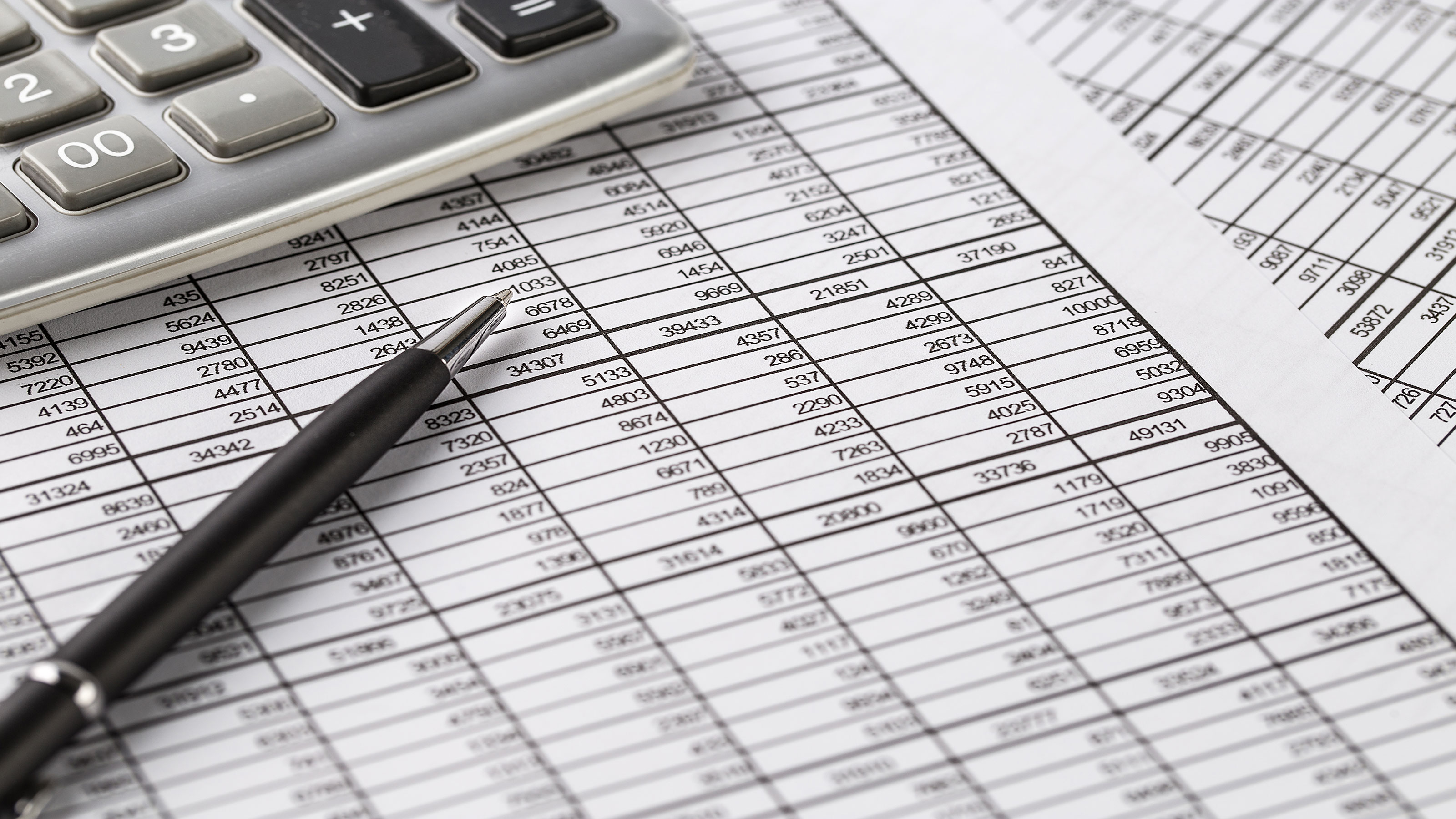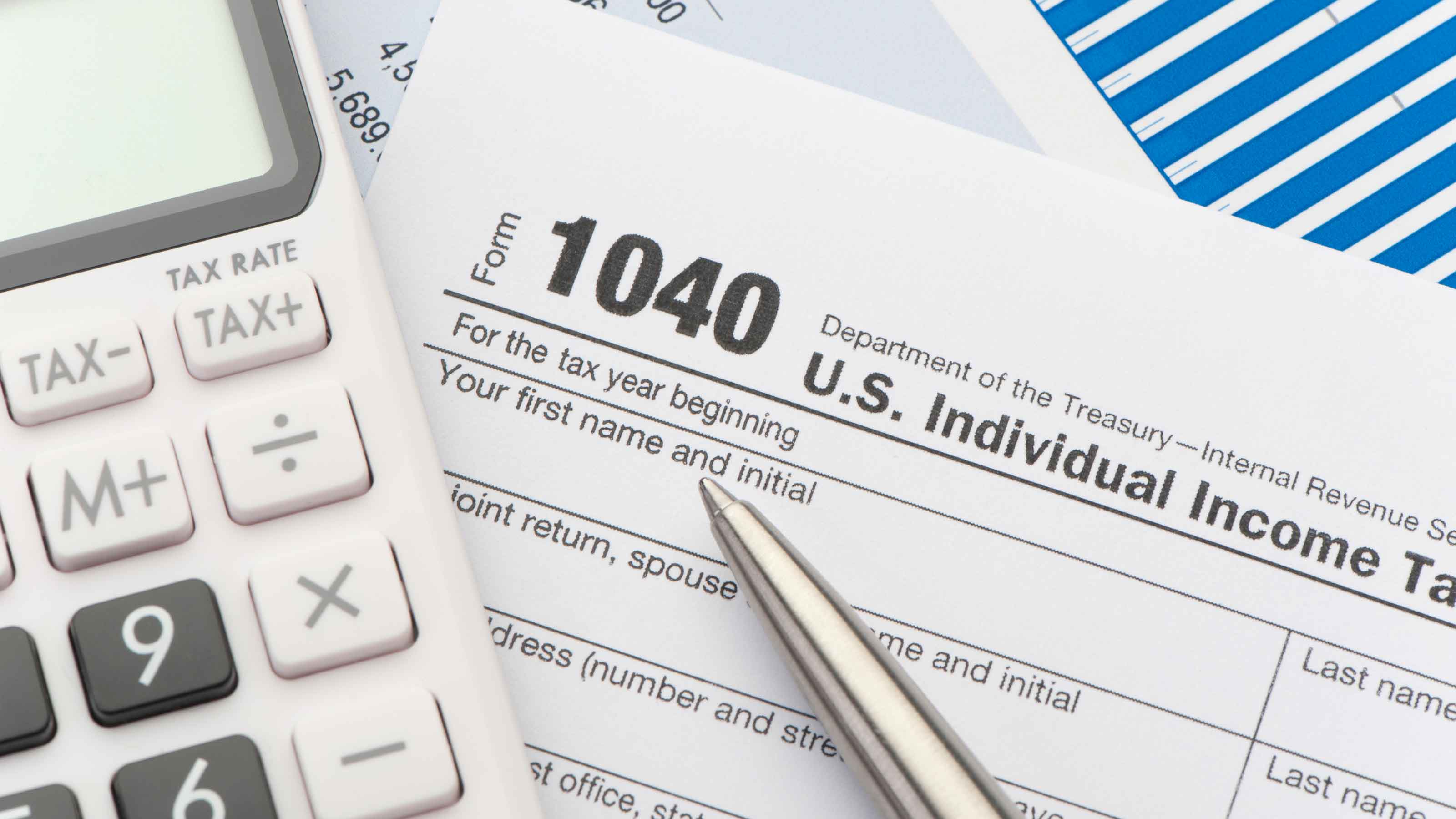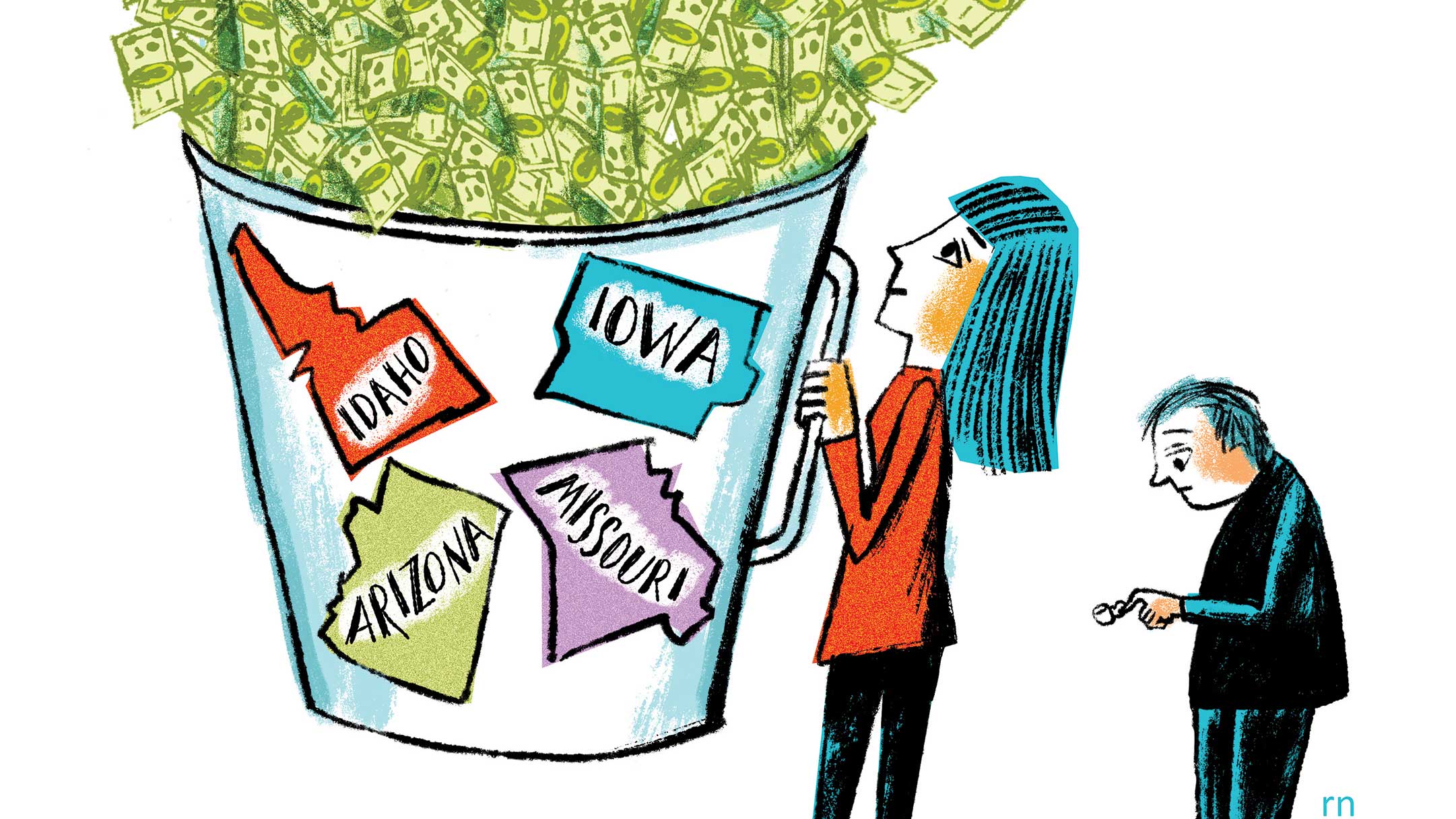Why the Middle Class Pays the Alternative Minimum Tax
The AMT is supposed to affect the wealthiest Americans, not moderate-income taxpayers.
In 1987, one year after the last major overhaul of the alternative minimum tax system, only one tenth of one percent of all returns had to pay the alternative minimum tax.
Today, the alternative minimum tax is no longer just for high-income individuals. Now, many middle-income Americans are paying the alternative minimum tax or having their tax credits limited by its hidden effects.
The Treasury Department expects that more and more people will be paying the AMT over the next few years.

Sign up for Kiplinger’s Free E-Newsletters
Profit and prosper with the best of expert advice on investing, taxes, retirement, personal finance and more - straight to your e-mail.
Profit and prosper with the best of expert advice - straight to your e-mail.
| Income | Percentage Who Pay AMT | ||
| Row 1 - Cell 0 | 2000 | 2005 | 2010 |
| $75,000 - $100,000 | 2.3% | 14.7% | 29.3% |
| $100,000 - $200,000 | 5.7% | 16.1% | 35.6% |
| $200,000 - $500,000 | 18.8% | 34.0% | 64.0% |
In fact, in 2010, the percentage of married couples with children paying AMT in all income brackets is projected to be 39 percent.
More people will be subject to the AMT in the future because AMT exemption amounts have not been indexed for inflation. So as taxpayer income increases through cost-of-living income adjustments, under the AMT, those adjustments are perceived as wealth.
Regular tax brackets and regular personal exemptions are indexed for inflation each year to prevent bracket creep, an automatic upward shift in the marginal income tax bracket through inflation.
For each of the last few years, Congress has approved temporary patches to increase the amount of income exempt from the AMT. But these short-term solutions generally protect new taxpayers from being hit by the AMT.
If you have paid the AMT in past years, it's likely that you will continue to pay it. For 2007, Congress raised the AMT exemption to $66,250 for joint filers and surviving spouses; $44,350 for individuals and $33,125 for married couples filing separately. The last-minute -- but long-expected -- patch protects 19 to 20 million new taxpayers from being affected by the AMT on their 2007 returns.
Without the patch, the government estimated that more than 80% of taxpayers with incomes between $100,000 and $200,000 would have owed the AMT on their 2007 returns.
Return to the AMT Tax Guide
Get Kiplinger Today newsletter — free
Profit and prosper with the best of Kiplinger's advice on investing, taxes, retirement, personal finance and much more. Delivered daily. Enter your email in the box and click Sign Me Up.
-
 The AI Doctor Coming to Read Your Test Results
The AI Doctor Coming to Read Your Test ResultsThe Kiplinger Letter There’s big opportunity for AI tools that analyze CAT scans, MRIs and other medical images. But there are also big challenges that human clinicians and tech companies will have to overcome.
By John Miley Published
-
 The Best Places for LGBTQ People to Retire Abroad
The Best Places for LGBTQ People to Retire AbroadLGBTQ people can safely retire abroad, but they must know a country’s laws and level of support — going beyond the usual retirement considerations.
By Drew Limsky Published
-
 Kiplinger's Tax Map for Middle-Class Families: About Our Methodology
Kiplinger's Tax Map for Middle-Class Families: About Our Methodologystate tax The research behind our judgments.
By David Muhlbaum Published
-
 Retirees, Make These Midyear Moves to Cut Next Year's Tax Bill
Retirees, Make These Midyear Moves to Cut Next Year's Tax BillTax Breaks Save money next April by making these six hot-as-July tax moves.
By Rocky Mengle Published
-
 Estimated Payments or Withholding in Retirement? Here's Some Guidance
Estimated Payments or Withholding in Retirement? Here's Some GuidanceBudgeting You generally must pay taxes throughout the year on your retirement income. But it isn't always clear whether withholding or estimated tax payments is the best way to pay.
By Rocky Mengle Published
-
 How to Cut Your 2021 Tax Bill
How to Cut Your 2021 Tax BillTax Breaks Our guidance could help you claim a higher refund or reduce the amount you owe.
By Sandra Block Published
-
 Why This Tax Filing Season Could Be Ugly
Why This Tax Filing Season Could Be UglyCoronavirus and Your Money National Taxpayer Advocate Erin M. Collins warns the agency will continue to struggle with tight budgets and backlogs. Her advice: File electronically!
By Sandra Block Published
-
 Con Artists Target People Who Owe The IRS Money
Con Artists Target People Who Owe The IRS MoneyScams In one scheme, thieves will offer to "help" you pay back taxes, only to leave you on the hook for expensive fees in addition to the taxes.
By Rivan V. Stinson Published
-
 Cash-Rich States Lower Taxes
Cash-Rich States Lower TaxesTax Breaks The economic turnaround sparked a wave of cuts in state tax rates. But some say the efforts could backfire.
By Sandra Block Published
-
 The Financial Effects of Losing a Spouse
The Financial Effects of Losing a SpouseFinancial Planning Even amid grief, it's important to reassess your finances. With the loss of your spouse's income, you may find yourself in a lower tax bracket or that you qualify for new deductions or credits.
By Rocky Mengle Published